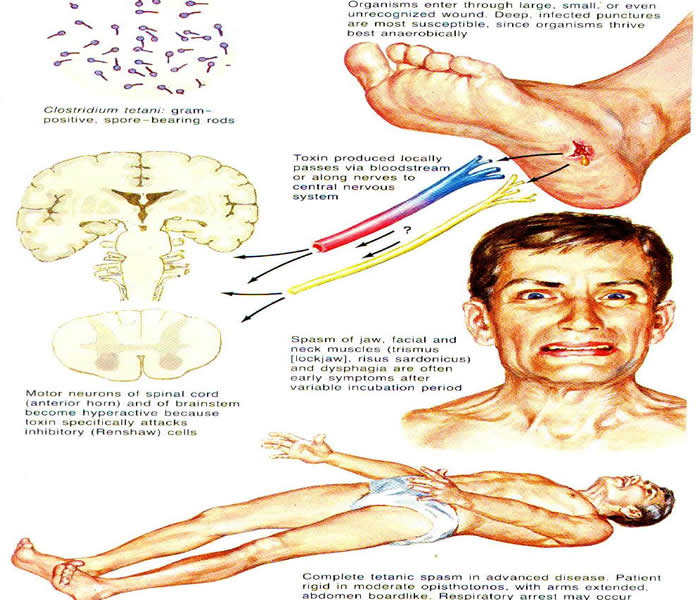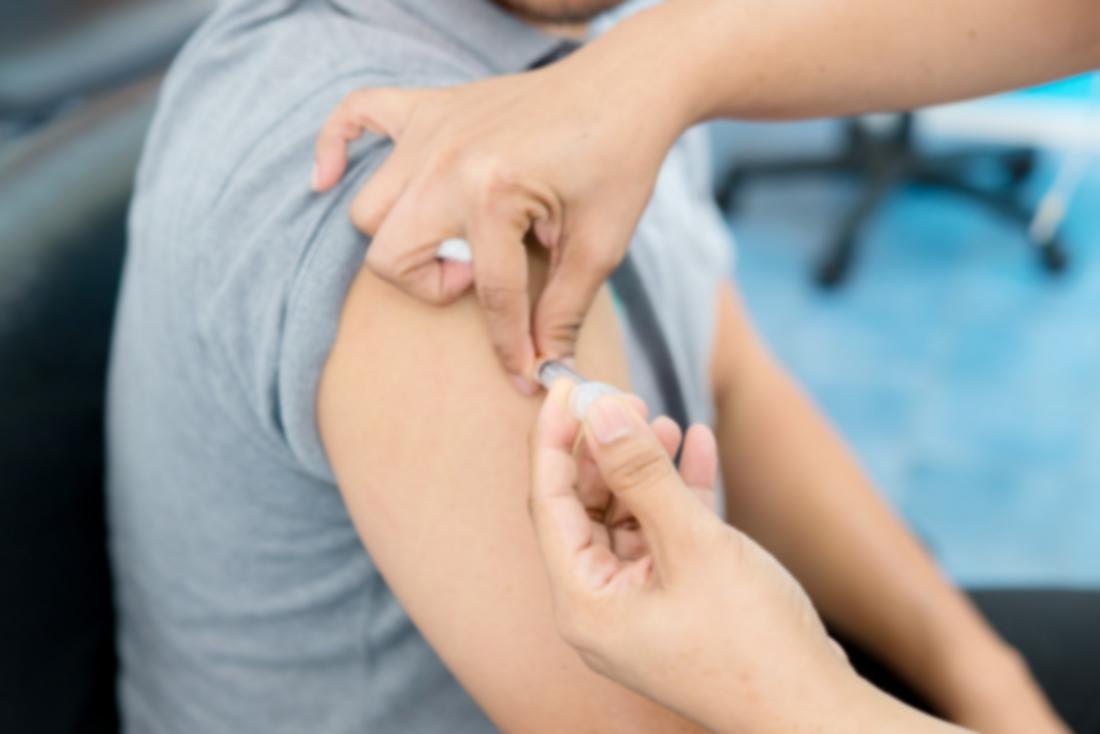Introduction
It is an acute and serious bacterial disease, characterized by painful muscle spasms. Tetanus is potentially fatal, it affects the nerves and has no cure.
 |
| Photo by Nigeria Galleria |
Causative organism: Clostridium tetani. Note that it is the toxins of the disease.
Incubation period: 4-21 days.
Mode of transmission
- Infection of wounds by contaminated soil and dust.
- Circumcision with infected instruments.
- Sometimes, it may follow injuries or burns through contamination.
- Piercing the body with infected article.
- Dressing the cord stump with contaminate materials.
- Cutting the umbilical cord with infected instruments.
Signs and Symptoms
- It starts with spasms of the face and jaw muscles (trismus).
- Risussardonicus occur (peculiar smiling grimace often noted in tetanus patients).
- Opisthotonus.
- Rigidity of the neck and jaw muscles (locked jaw).
- Photophobia.
- Sensitive to sound.
- Spasms later affect the whole body.
Management
- Report to the hospital immediately for treatment.
- Anti-tetanus serum can be administered.
- Muscle relaxants such as valium and phenobarbitone are also given.
- Large doses of penicillin are given to treat the wound and stop further production of toxins by the organisms.
- Nurse patient in dark and quite environment.
- Daily dressing of the wound.
Prevention and control
- Passive immunization with anti-tetanus serum to all injured persons.
- Active immunization to all pregnant women with tetanus toxoid.
- Active immunization with DPT/HibHepB to all children.
- Use of sterile instruments.
- Health education on the disease.








0 Comments